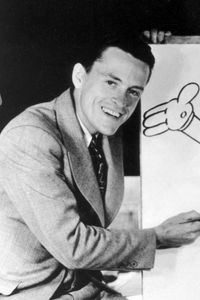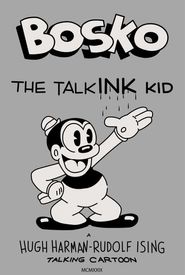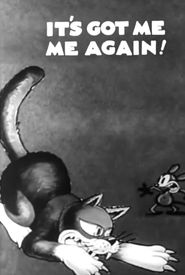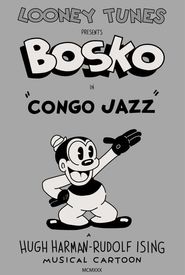Hugh Harman, a prominent figure in the animation industry, played a significant role in the early days of animation. Although he may not have been a skilled animator, he was present during the formative years of the industry. His journey began in 1922 when he started working with Walt Disney on Disney's early Laugh-o-Gram toons. However, when the company went bankrupt, Harman and his partner, Rudolf Ising, attempted to start a new series based on the Arabian Nights, but they were unable to secure funding.
Disney, who had started working for Charles Mintz, called Harman and Ising back to produce the Oswald the Lucky Rabbit. However, a dispute over pricing led to Mintz forcing Disney out and keeping Harman and Ising on for another year. When they were eventually forced out and replaced by Walter Lantz, Harman, Ising, and a few other ex-Disney animators collaborated on a pilot short, "Bosko the Talkink Kid," which was used by producer Leon Schlesinger to secure a contract with Warner Brothers' studios to produce animated cartoons.
Harman and Ising went on to create the Looney Tunes and Merrie Melodies cartoons, producing them for several years. However, another disagreement over money with Schlesinger led to them leaving Warner Brothers in 1933. They joined MGM, where they produced several "Happy Harmonies" until they left again due to financial disagreements.
After MGM, Harman & Ising formed their own studio, but it was not successful. MGM hired them back, but by this time, their faux-Disney style of animation was no longer in fashion. They found themselves eclipsed by the works of William Hanna & Joseph Barbera (whom they had hired) and Fred Tex Avery. In the 1940s and 1950s, both men worked for Walter Lantz Studios.








































